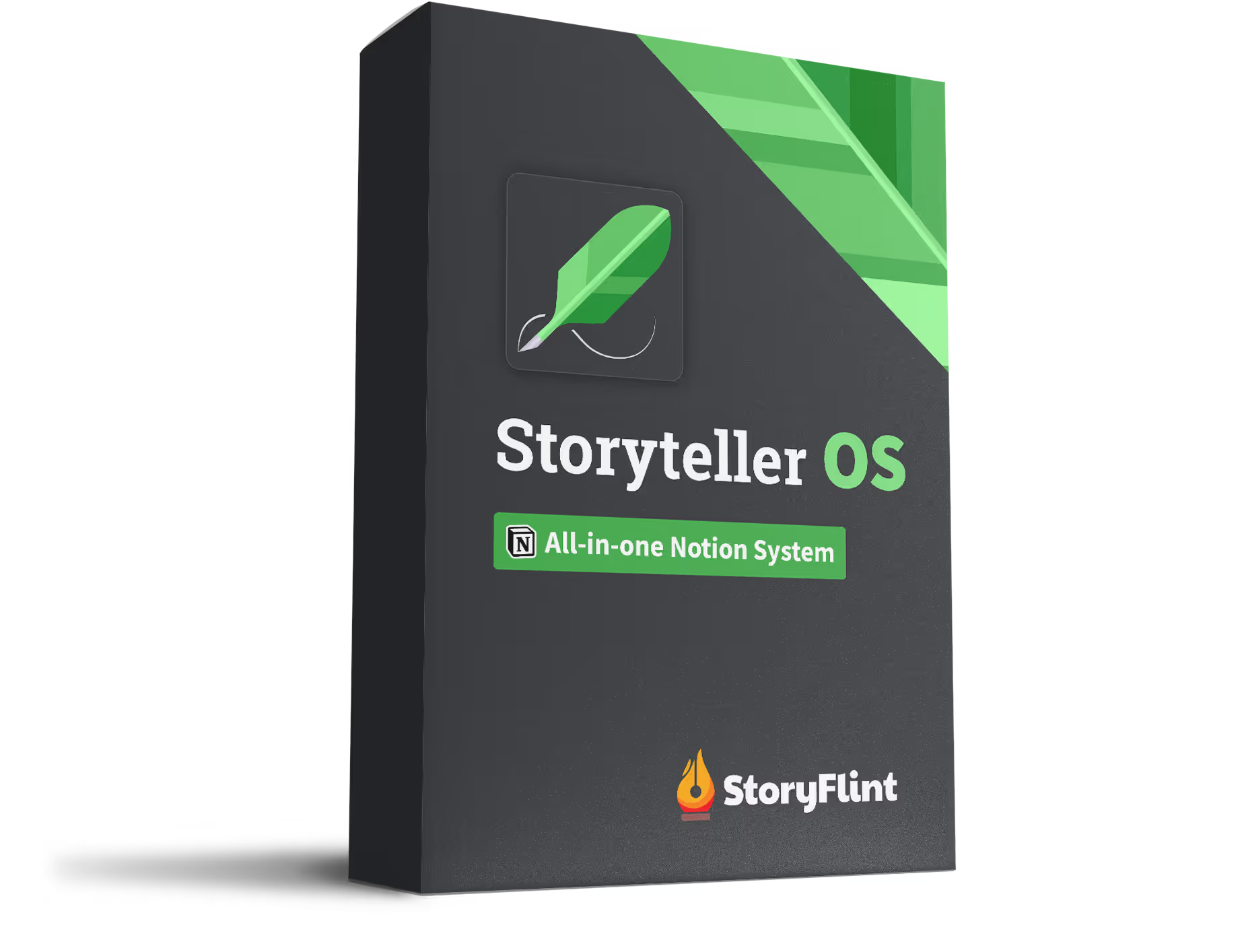Let’s be real: most metaphors either hit like a truck—or fall flat like a pancake.
You’ve read the bad ones. The overcooked. The overly fancy. The ones trying so hard to be deep, they trip over their own symbolism. But the good ones? They change how your audience sees the world. And once you know how to build them well, you can use them to reveal truth, amplify theme, and etch your story into someone’s memory.
I’ve been studying metaphors across books, poems, shows, games—you name it. And the best ones? They all follow the same playbook.
Let’s break it down.
What Is a Metaphor? (And What It’s Not)
A metaphor is when you say one thing is another thing to make a deeper point.
Unlike a simile (which uses "like" or "as"), a metaphor makes the comparison straight-up. No safety net.
Simile: "She was like a storm."
Metaphor: "She was a storm."
You’re not saying she literally controls thunderclouds. You’re saying she brings chaos, movement, power.
Two parts make up a metaphor:
- Tenor: what you’re really talking about (the woman)
- Vehicle: the image or thing you’re comparing it to (the storm)
Strong metaphors fuse those two together in a way that’s surprising and true.
Why Metaphors Matter to Storytellers
Metaphors aren’t just literary flair. They do heavy lifting.
They:
- Clarify abstract themes
- Strengthen emotional impact
- Help your audience visualize complex ideas
- Create unity across your story
Great metaphor work can carry a story without you needing to overexplain.
Example: In The Great Gatsby, the green light = the dream. It's not spelled out. But it lives in the background of every scene like a heartbeat.
The Rules of a Great Metaphor
1. Make It Feel True
A good metaphor tells the truth faster than a full paragraph.
"Metaphors hold the most truth in the least space."
– Orson Scott Card
If the metaphor doesn’t click emotionally or logically, it won’t stick.
2. Don’t Be Too On-The-Nose
If your story is about heartbreak, don’t compare it to a broken heart. That’s like saying lava is hot. No duh.
Reach further. Compare it to a jammed printer or an out-of-sync metronome. Weird works.
3. Use Distance + Surprise
The more distance between the two things you're connecting, the more interesting your metaphor can be—if it still feels connected.
A dentist being like a battlefield general? Odd. But if the tone and function line up, it lands.
[.ai-prompt]Use this AI prompt to help you out:
"Give me 5 metaphor ideas comparing [emotion or theme] to surprising objects or situations. Include the logic behind each."[.ai-prompt]
4. Engage the Senses
Sight, sound, texture, smell. Use them.
Bad: "His words were heavy."
Better: "His words dropped like wet laundry onto my shoulders."
If they can feel it, they’ll remember it.
5. Use It With Purpose
Don’t just toss metaphors in like seasoning. Know why you’re using one.
Do you want to:
- Reveal character mindset?
- Reinforce the theme?
- Set tone?
Know your aim before you shoot.
Famous Metaphors That Still Slap
Romeo and Juliet: Juliet is the Sun
"It is the East, and Juliet is the sun."
Romeo's not just being romantic—he's elevating Juliet to a celestial level. It tells us how he sees her: radiant, untouchable, life-giving.
Maya Angelou's "Caged Bird"
Not just about birds. It’s about freedom, injustice, and racial inequality.
By comparing a trapped bird to human experience, the metaphor lands hard and lingers.
The Ring in Lord of the Rings
The Ring isn’t just jewelry. It’s addiction. Ego. Power. Loss.
And it works because the metaphor plays out through actions, not just lines.
Gatsby’s Green Light
It’s a light on a dock.
But it becomes the symbol of unreachable dreams, love, and the lie of the American Dream.
A small object that carries an ocean of meaning.
Mistakes That Mangle Metaphors
- Clichés: We’ve all seen a heart of stone. A mind like a steel trap. Blah. Avoid metaphors that sound like fridge magnets.
- Mixing metaphors: "He kicked the bucket and then rolled with the punches." Wait. Is he dead or fighting?
- Stacking too many: Don't overload a single sentence with three different metaphors. Choose one and let it breathe.
[.ai-prompt]Use this AI prompt to help you out:
"Based on this character's core fear and desire, give me 3 metaphor ideas that could shape their dialogue, narration, or story world."[.ai-prompt]
Final Thoughts: Metaphors Are Mirrors
They don’t just reflect your story’s theme. They reflect your audience back to themselves.
Use them with honesty. With imagination. With restraint.
One great metaphor can do the emotional work of five pages.
Don’t waste it.
Want to sharpen your use of metaphor across a full draft? Use Storyteller OS to keep track of story themes, tone, and narrative echoes all in one place.
Or read this article about theme to connect your metaphors to what really matters.




